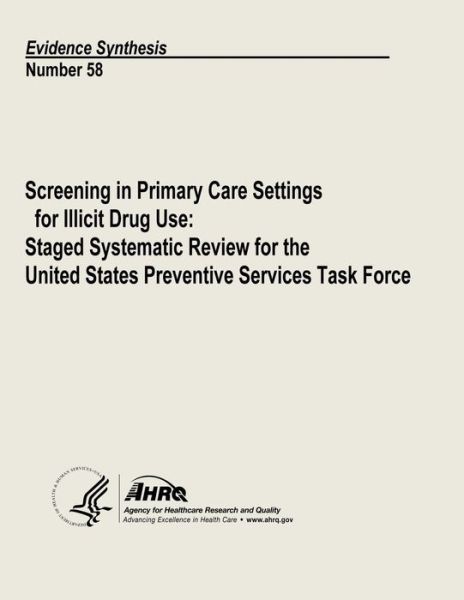
Recomienda este artículo a tus amigos:
Maternal and Neonatal Outcomes of Elective Induction of Labor: Evidence Report / Technology Assessment Number 176
U S Department of Heal Human Services
Maternal and Neonatal Outcomes of Elective Induction of Labor: Evidence Report / Technology Assessment Number 176
U S Department of Heal Human Services
Publisher Marketing: Induction of labor is increasing in the U. S. The overall induction rate has increased from 9.5 percent in 1990 to 22.1 percent in 2004. Induction of labor that is not indicated for a medical reason, also termed elective induction of labor, appears to be rising as well and at a rate even more rapidly than that of the overall induction of labor. Elective induction may be motivated by a variety of reasons. For example, pregnant women may wish to end their pregnancy because of physical discomfort, concern for rapidly progressing labor precluding timely arrival at the hospital or epidural placement, scheduling issues, or ongoing concerns for maternal, fetal, or neonatal complications. Clinicians who care for pregnant women (e.g., obstetricians, family-practice physicians, midwives) may have similar non-medical reasons for choosing elective induction of labor for their patients. They, too, may wish to end their patients' physical discomfort or have concerns about either distance from the hospital or ongoing risk in the pregnancy. However, clinicians may also be incentivized to utilize elective induction for their own financial benefit and scheduling preferences. Thus, it is imperative to determine the potential outcomes associated with elective induction of labor. Elective induction of labor necessarily reduces some risks of an ongoing pregnancy. Such risks include developing preeclampsia, oligohydramnios, macrosomia, or intrauterine fetal demise at a later gestational age. However, the commonly held dogma regarding induction of labor is that it increases the risk of cesarean delivery, which in turn is associated with a host of maternal complications. Additionally, a cesarean delivery in the current pregnancy increases both maternal and neonatal risks in future pregnancies. Thus, determining the effect of elective induction of labor on cesarean delivery as well as other maternal and neonatal outcomes is important. When evaluating the risks and benefits of elective induction of labor, it is essential that women having elective induction of labor be compared to women having expectant management of labor. Expectant management of the pregnancy involves nonintervention at any particular point in time and allowing the pregnancy to progress to a future gestational age. Thus, the woman undergoing expectant management may go into spontaneous labor or may require indicated induction of labor at a future gestation due to developing preeclampsia, nonreassuring antenatal testing, or post term pregnancy. One methodologic problem with many studies of induction of labor, particularly observational studies, is that they often use women in spontaneous labor as a control group. This is problematic because at any point in the term pregnancy the clinician has the choice between induction of labor and expectant management, not spontaneous labor. Since increasing gestational age itself is associated with cesarean delivery, these studies are fundamentally flawed and can lead to misleading conclusions. With this background in mind, we sought to conduct a systematic review and decision analysis utilizing the existing literature in order to answer several questions regarding the effects of elective induction of labor. Specifically, we sought to answer the following Key Questions: Key Question 1: What evidence describes the maternal risks of elective induction versus expectant management? Key Question 2: What evidence describes the fetal/neonatal risks of elective induction versus expectant management? Key Question 3: What is the evidence that certain physical conditions/patient characteristics (e.g., parity, cervical dilatation, previous pregnancy outcome) are predictive of a successful induction of labor? Key Question 4: How is failed induction defined?
| Medios de comunicación | Libros Paperback Book (Libro con tapa blanda y lomo encolado) |
| Publicado | 31 de mayo de 2013 |
| ISBN13 | 9781490324241 |
| Editores | Createspace |
| Páginas | 262 |
| Dimensiones | 216 × 280 × 14 mm · 612 g |

































